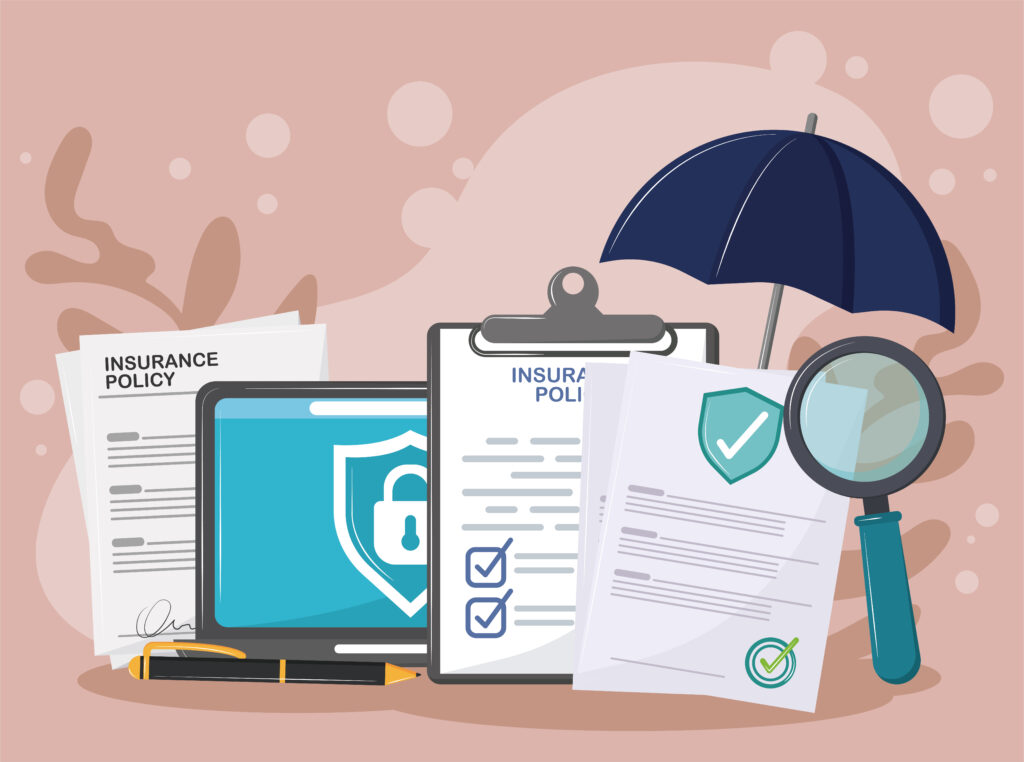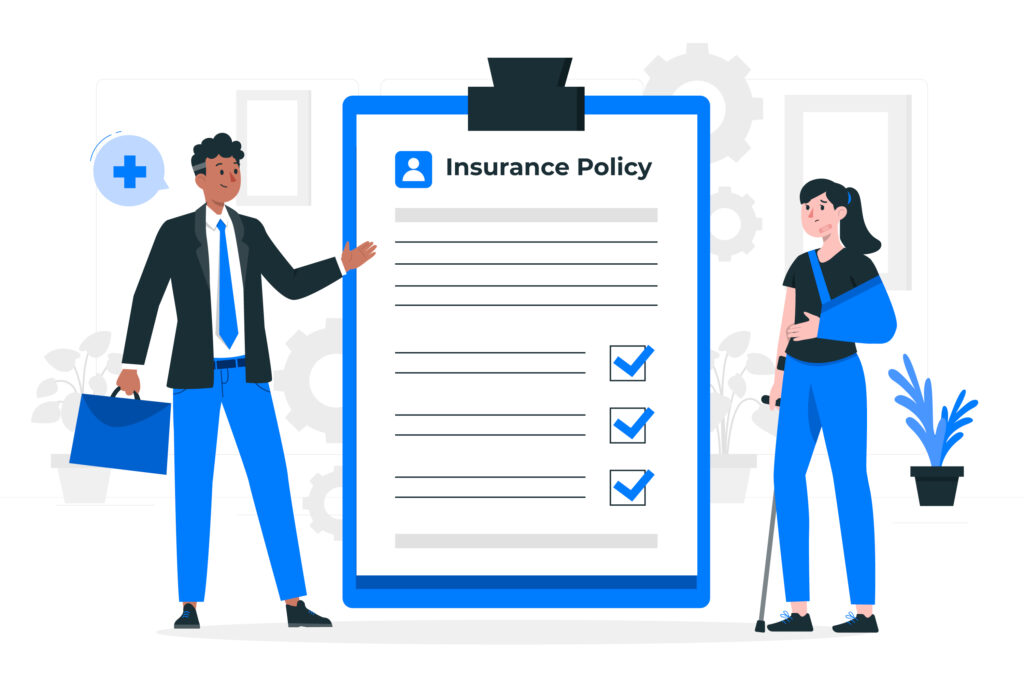Liability Insurance has become a cornerstone of operational resilience in the modern business landscape, where unpredictability shadows every decision. It is not merely a formality or a regulatory requirement—it is a strategic shield that protects enterprises from the myriad legal and financial risks they face in the course of everyday operations.
From slip-and-fall incidents to advertising mishaps, liability insurance is the silent guardian that allows businesses to focus on growth, innovation, and service delivery without the looming specter of litigation or reputational ruin.
The Core of General Liability Insurance
At its essence, general liability insurance covers legal costs and damages that arise from claims of bodily injury, property damage, and personal and advertising injury. These risks are not just theoretical—they are daily realities for any enterprise that interacts with clients, vendors, or the general public.
General insurance is commonly the first line of defense in a company’s risk management portfolio. It serves as a financial buffer, ensuring that a single claim does not derail the business’s momentum or deplete its assets.

Key Components of The Coverage Of Liability Insurance
Bodily Injury: If a customer slips on a wet floor in a store and suffers an injury, general insurance can cover the medical expenses, legal fees, and potential settlements.
Property Damage: Should a contractor accidentally damage a client’s property while performing work, this coverage can pay for repairs or replacement costs.
Personal and Advertising Injury: Includes protection against claims of libel, slander, copyright infringement, or false advertising—often overlooked but vitally important in the digital age.
Why Every Business Needs Liability Insurance
The entrepreneurial spirit thrives on risk-taking, but not all risks are worth embracing. In a society increasingly litigious, a single unintentional error or misunderstanding can escalate into a costly legal battle.
Liability insurance is indispensable for businesses of every size and sector. Whether you’re a solo consultant, a brick-and-mortar retailer, or a sprawling manufacturing firm, the potential for third-party claims is omnipresent.
Legal Obligations and Industry Mandates
In many jurisdictions and industries, having general insurance is not just advisable—it’s mandatory. Contractors bidding for public sector work, landlords leasing commercial spaces, or consultants working with large corporations are often required to show proof of insurance before engaging in business.
This requirement protects not only the insured party but also ensures that those affected by any potential missteps have a means of financial recourse.
Real-World Scenarios: When Liability Insurance Steps In
The Restaurant Dilemma: A bustling bistro accidentally serves a customer food containing an allergen not disclosed on the menu. The resulting allergic reaction lands the diner in the hospital.
Retailer’s Regret: A shopper trips over a misplaced floor mat and breaks an arm. The ensuing lawsuit alleges negligence, and insurance covers the medical expenses and legal defense.
Marketing Mishap: A startup launches a product using a slogan unknowingly similar to a competitor’s trademark. The competitor sues for trademark infringement. Here again, insurance helps mitigate the financial impact.
What Liability Insurance Does Not Cover
While liability insurance is comprehensive, it is not all-encompassing. Understanding its limitations is as crucial as knowing its benefits.
Exclusions to Be Aware Of
Employee Injuries: These fall under workers’ compensation insurance.
Professional Errors: These are typically covered by professional indemnity or errors and omissions insurance.
Intentional Acts: Deliberate harm or fraud is not covered.
Contractual Liabilities: Some contractual obligations may be excluded unless specifically endorsed.
A clear grasp of these exclusions allows business owners to supplement their coverage with additional policies, ensuring holistic protection.
Tailoring Coverage to Fit the Business
No two businesses are alike, and neither are their risks. That’s why insurance should never be approached with a one-size-fits-all mentality. Customization is key.
Factors influencing policy structure include:
Industry Type: A construction company faces vastly different risks than a digital marketing agency.
Business Size: Larger companies may require higher policy limits or umbrella coverage.
Location: Local regulations and litigation climates can affect coverage needs.
Client Base: B2B operations might require different endorsements than consumer-facing businesses.
Working with a specialized broker or insurance advisor ensures that the policy is attuned to the business’s specific exposures.
The Cost of Liability Insurance
Premiums for general insurance can vary widely. They are influenced by several variables, including:
Annual revenue
Number of employees
Claims history
Physical premises and public interaction
Policy limits and deductibles
For small businesses, premiums can be as low as a few hundred dollars annually, while larger or higher-risk operations may pay significantly more. The cost, however, is marginal compared to the potential outlay of an uninsured claim.
Tips for Cost Optimization
Bundle Policies: Consider a Business Owner’s Policy (BOP) that combines general liability insurance with property coverage for cost efficiency.
Risk Management: Implementing safety protocols and employee training can reduce premium rates.
Review Annually: Regular policy reviews ensure your coverage evolves with your business.
Certificates of Insurance: Proving You’re Covered
A certificate of insurance (COI) is a vital document that proves you have active insurance coverage. It is often requested by clients, landlords, or vendors before entering into contracts.
COIs outline the types and limits of coverage and are essential tools in building trust and credibility with stakeholders. Always ensure your COI is up to date and easily accessible.
The Digital Transformation of Liability Insurance
Technology is reshaping how businesses acquire, manage, and claim against liability insurance policies. Insurtech startups are streamlining the underwriting process, using data analytics to offer more accurate pricing and quicker policy issuance.
Digital platforms also offer greater transparency, enabling policyholders to manage coverage, initiate claims, and access support with unprecedented ease.
This evolution empowers small businesses to access sophisticated risk management tools once reserved for large corporations.

Navigating Claims: What to Expect
Filing a claim under a liability insurance policy can be daunting, especially during an already stressful time. Understanding the process beforehand can ease the burden.
General Steps Include: Incident Documentation: Record all relevant details, including witness statements, photographs, and damage reports.
Notify the Insurer Promptly: Delayed notifications can jeopardize your claim.
Cooperate with Investigations: Provide all requested information and assist adjusters as needed.
Legal Representation: If the claim escalates, your policy may cover legal defense costs.
Timeliness, transparency, and thorough documentation are the hallmarks of a successful claims process.
Future Trends in Liability Insurance
As the business world evolves, so too must liability insurance. Several trends are shaping the future of coverage:
Cyber Liability: With the rise of digital threats, traditional policies are increasingly being supplemented by cyber-specific coverage.
Social Media Risks: Defamation and copyright claims from social platforms are creating new exposure areas.
Climate Liability: Environmental claims related to pollution or sustainability practices are gaining prominence.
Forward-thinking businesses will anticipate these shifts and adapt their insurance strategies accordingly.
Conclusion:
General liability insurance is far more than a checkbox on a compliance list—it is a vital bulwark against the unpredictable. It safeguards your assets, sustains your reputation, and underpins your professional integrity.
Investing in robust liability insurance is not just an act of prudence—it’s a demonstration of responsibility toward clients, employees, and the broader community.
In a world brimming with uncertainties, it stands as a steadfast ally, enabling businesses to operate with confidence, resilience, and peace of mind.


